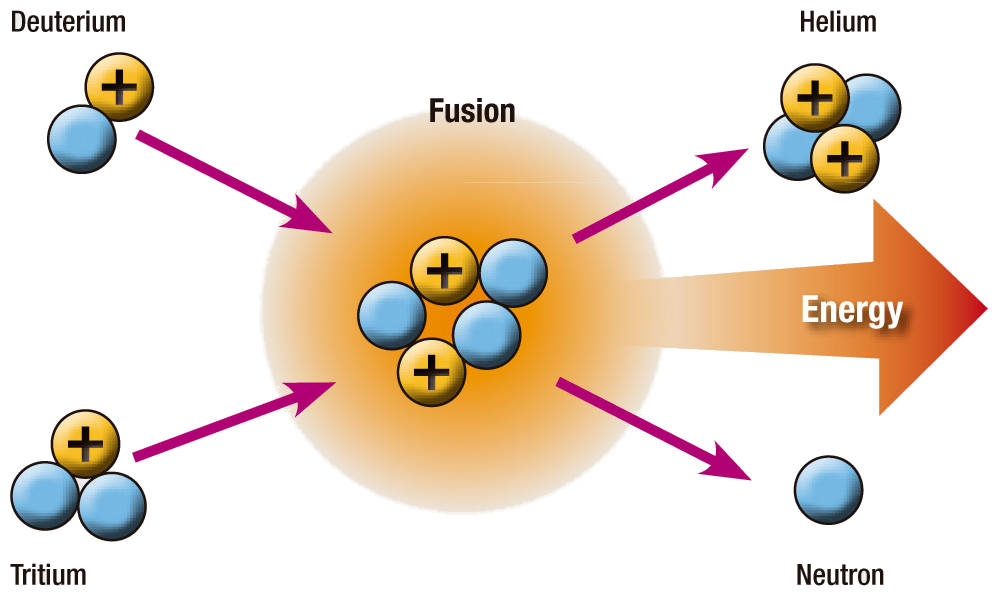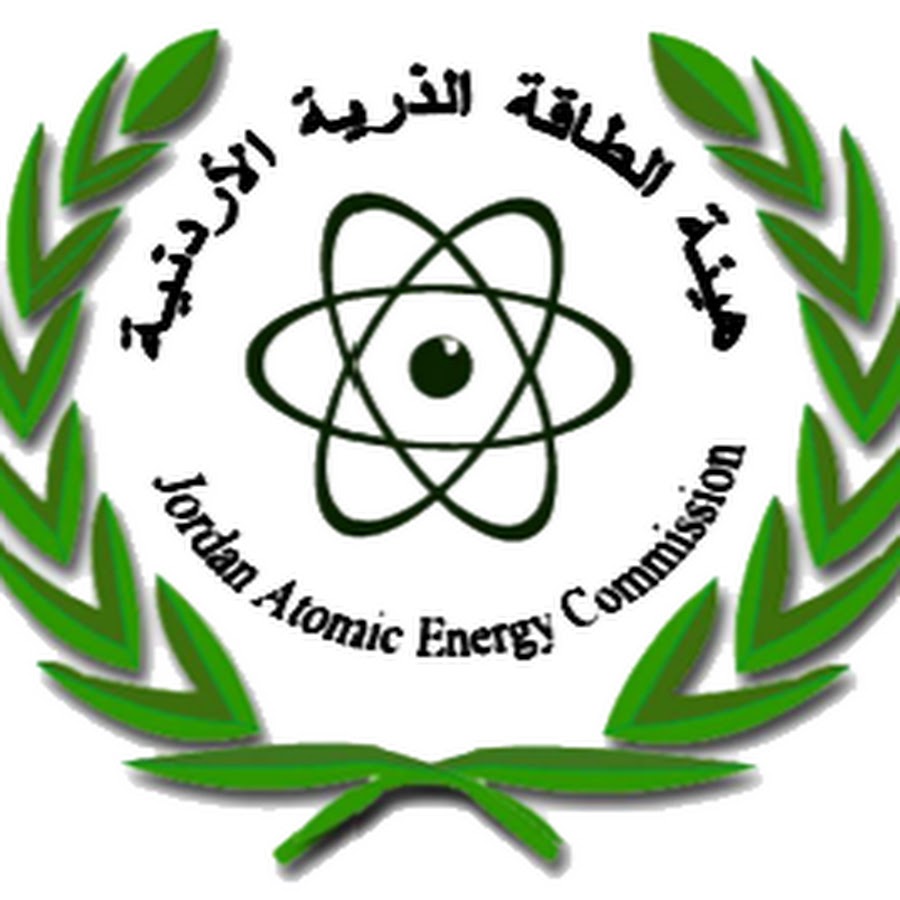Part 1 of 2 Parts
A congressional commission issued a new report recently that called for a third shipyard that can build nuclear powered ships so that the U.S. Navy can keep up with Russian and Chinese modernization.
A third private shipyard would expand the nuclear industry’s capacity to construct nuclear-powered submarines in order to expand U.S. strategic forces. The call for the third shipyard came from the Congressional Commission on the Strategic Posture of the U.S.
The commission suggests that the Pentagon “increase shipbuilding capacity, by working with industry to establish or renovate a third shipyard dedicated to production of nuclear-powered vessels, with particular emphasis on nuclear-powered submarines.”
A potential third shipyard would add to the work of the General Dynamics Electric Boat and Hii Newport News Shipbuilding which currently constructs the Navy’s nuclear-powered boats. The recommended third private shipyard would require significant investment from the U.S. government.
Senator Roger Wicker (R-Miss.) is the ranking member of the Senate Armed Services Committee. He said in a statement that “The report is also a stark reminder of the significant work needed to expand our nuclear submarine industrial base to increase production and reduce repair time. The details of this report should serve as a wakeup call for our armed forces and the national security community as a whole.”
Electric Boat and Newport News construct the Navy’s nuclear-powered ships while the service’s public shipyards have historically maintained the nuclear-powered submarines. However, with the backlogs at the public yards in recent years, the private yards have taken on some of the submarine maintenance work.
The new Congressional report includes a wide range of recommendations on nuclear policy, weapons procurement, force posture and infrastructure. The analysis meets a requirement in the Fiscal Year 2022 National Defense Authorization Act calling for a commission to assess the strategic posture of the U.S.
The commission’s report makes several references to AUKUS. This is the technology sharing agreement between Australia, the United Kingdom (U.K.) and the U.S. The agreement includes the U.S. selling Australia several Virginia-class attach boats while Australia develops the ability to construct and maintain nuclear-powered attack boat indigenously.
However, lawmakers have expressed concerns over the U.S. nuclear industrial base’s capacity to support AUKUS while continuing to construct submarines for the U.S. Navy. Newport News and Electric Boat are currently constructing approximately one Virginia-class boat a year. The overall program is hundreds of months behind schedule. Former Chief of Naval Operations Admiral Mike Gilday previously said that the nuclear industry must build more than two boats per year if the U.S. is going to sell attack submarines to the Royal Australian Navy. During the same period, the Navy is also recapitalizing the sea-based leg of the nuclear triad with the Columbia-class submarine program. This is the Navy’s top acquisition priority.
The commission’s report says that “In the sea leg, the Navy is scheduled to construct one Columbia-class submarine per year and sustain the Ohio-class in parallel relying on the same infrastructure for both (manufacturing facilities, dry docks, etc.). Additionally, this same workforce and industrial base also support Virginia-class submarine production.”
Please read Part 2 next




